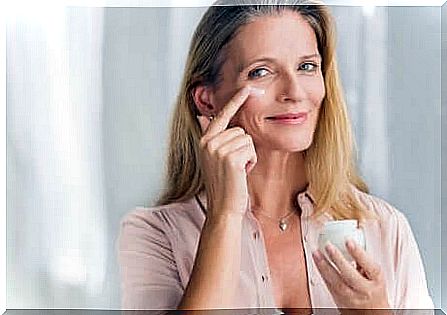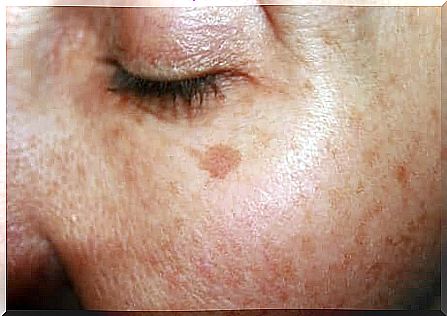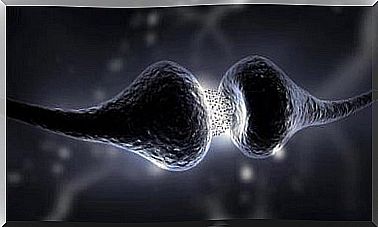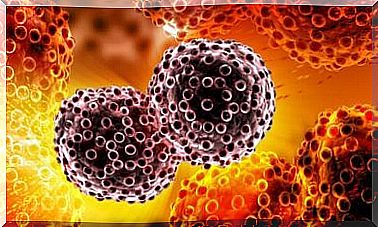Anti-aging Creams: Everything You Need To Know
To choose a good anti-aging cream, you need to know how to read its label to understand its composition. Find out more about it.

Anti-aging creams are your allies to fight and delay the signs of aging. However, you should know that not all skin types look the same or age the same.
Usually, you will need to combine different creams or combine your cream with cosmetic treatments. A good anti-aging cream contains proven effective ingredients like hyaluronic acid, resveratrol or retinoic acid. Learn more about it.
How to read the label of anti-aging creams?

What really matters when choosing a good anti-aging cream is its composition. You must therefore know how to read and understand the label of its formula. On this label, the ingredients are listed in descending order according to their concentration. In other words, the former are those that are found in a greater proportion.
However, certain active ingredients do not always have to be present in large quantities to be effective, as is the case with essential oils which are generally used in minute proportions.
It is also interesting to know that the components likely to cause allergic reactions must obligatorily appear on the label when they are found in concentrations higher than 0.001%.
On the labels of cosmetic products, the ingredients appear in English or Latin. In English, these are the chemicals used and, in Latin, direct plant derivatives.
When making this choice, you will need to think about the main problems you want to solve and the ingredients that can help you improve this situation.
What ingredients can anti-aging creams consist of?
There are 16,000 ingredients cataloged in a list known under the acronyms INCI ( International Nomenclature of Cosmetic Ingredients ). Here we will tell you in more detail about some of the ingredients in anti aging creams. Keep them in mind so you can identify them the next time you purchase any of these products.
Sunscreen
The sun is one of the main enemies of the skin. In fact, not using sun protection could speed up the aging process through the appearance of wrinkles and spots prematurely, in addition to increasing the risk of developing more serious problems in the long term.
A study called Ultraviolet Radiation, Aging and the Skin: Prevention of Damage by Topical cAMP Manipulation reported that UV rays were responsible for almost 80% of skin aging or photoaging.
It would therefore be extremely important to always use sun protection, even when the sky is overcast and in winter. This is why it is generally recommended to buy anti-aging creams that include this component.
Antioxidants
Sun rays and pollution promote the proliferation of free radicals, agents that oxidize collagen and elastin fibers to the point of rendering them unusable. This would lead to an accelerated loss of elasticity and firmness, with the consequent appearance of more marked lines of expression.
The National Center for Complementary and Integrative Health explains that antioxidants are substances that fight free radicals and prevent (or, at least, delay) cellular damage. We thus find vitamins C and E, resveratrol and coenzyme Q10.
Vitamins C and E have antioxidant properties; C, on the other hand, would promote collagen production and help lighten spots. Hence the importance of including these vitamins in anti-aging creams.
Resveratrol is also found, a polyphenol found in several plants that is said to be effective in capturing free radicals. Finally, we must also mention coenzyme Q10. The latter is present in all cells and is necessary for producing energy in the human body. It would also act against free radicals, protecting cells from oxidative stress.
The problem is that with age and the effects of UV rays, coenzyme Q10 levels can eventually drop. It would therefore be vital to integrate them externally through a cream, for example.
Stain resistant

Another aspect that worries many women is the appearance of spots on the skin. Brown spots appear due to excess melanin, a pigment in the skin.
Any measure intended to combat or prevent the appearance of spots on the skin is irremediably associated with sun protection measures. Some ingredients used in anti-aging creams to fight or prevent dark spots are alpha hydroxy acids (AHAs), retinol, and hyaluronic acid.
AHAs are organic acids which, due to their exfoliating effect, promote the natural renewal of the skin. They would work by removing dead cells and, as a result, the appearance of the skin would be softer, smoother and more even, as reported in an article in the journal Molecules .
By eliminating dead cells, they would facilitate the absorption of the ingredients of anti-aging creams. In addition, they would increase the size of the deep layer of the skin because they would stimulate the formation of new collagen.
Thus, they would provide more radiance and flexibility to the skin. They would also reduce wrinkles and spots and hydrate the skin because they would decrease the loss of water in the epidermis.
Researchers report that retinol, for its part, is a derivative of vitamin A that would minimize wrinkles and expression lines, mitigate spots, refine pores and stimulate cell regeneration.
Finally, the 2015 publication Efficacy of a New Topical Nano-hyaluronic Acid in Humans explains that hyaluronic acid is used to provide hydration and elasticity to the skin and therefore improve its appearance.
Choose the cream according to your skin
As time passes, it takes longer for the skin to renew itself and the signs of aging begin to appear. To alleviate the aging of the skin, you can use a good anti-aging cream and, most importantly, sun protection.
Of course, always choose anti-aging creams based on your skin type and the issues you want to address. Remember that in the list of ingredients you can see the concentration of each component and thus choose the cream according to the power of each.









